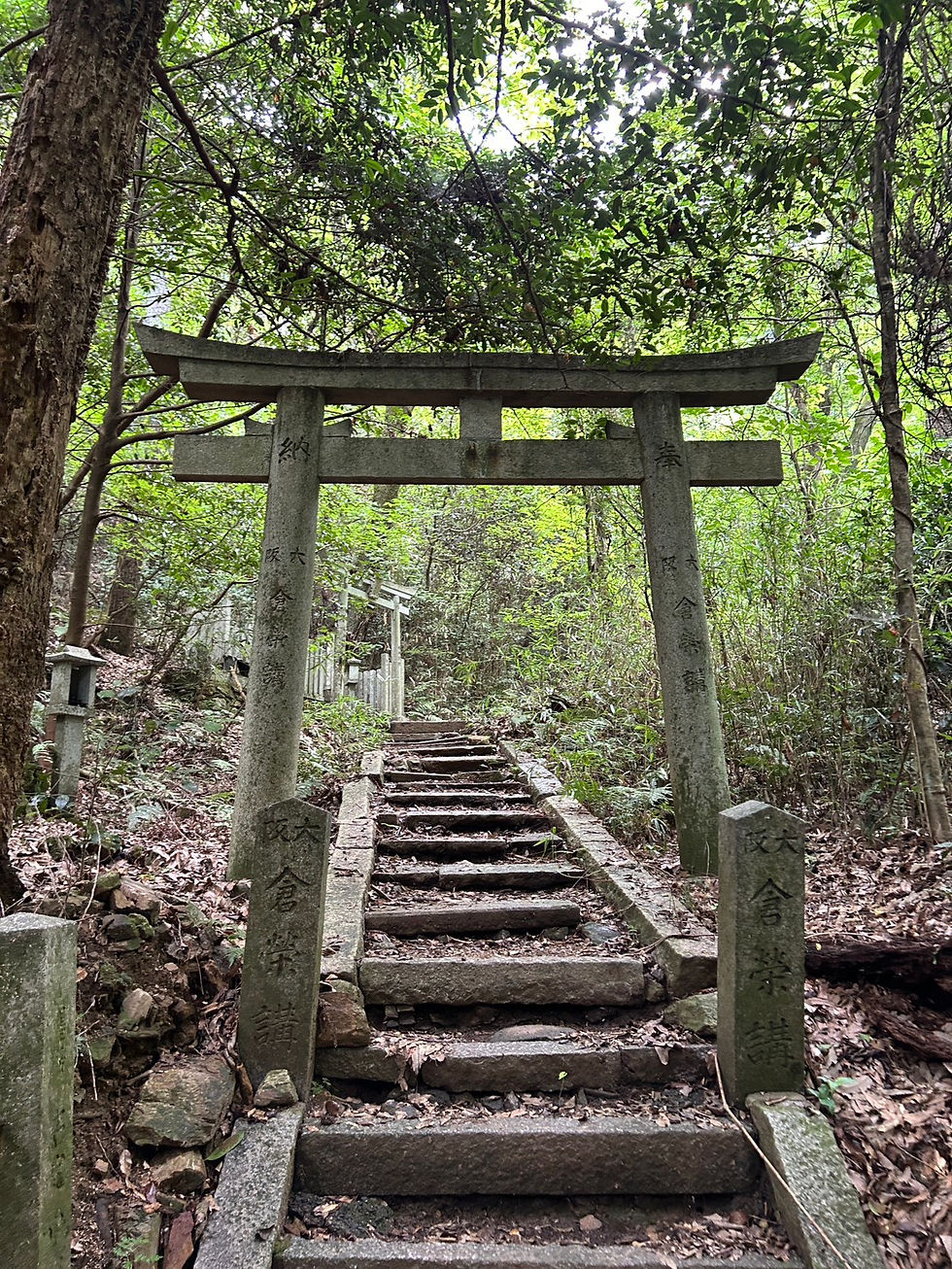Suicide & Wonders at Chion-in
- Phillip Jackson

- Aug 8, 2021
- 2 min read
The north entrance to the famous Chion-in Temple is through the Kuromon, the Black Gate. The history of Chion-in goes back to the 12th century when Jodo-shu founder Honen began his teachings. The first temples were built here in 1234 (after the death of Honen, 1212). Many of these buildings were later destroyed but rebuilt under the Tokugawa Shogunate in the 1600’s. Chion-in is a a location worth a visit on its on merit (it was also used as a filming location for the movie The Last Samurai featuring Tom Cruise and Ken Watanabe), but in this post we'll look at two points of interest that are easily overlooked and are right by the Chion-in north entrance.

Suicide at Ryosho-in
About 3km east of here, Ryosho-in, is a much larger temple called Honkoku-ji. On August 17th, 1863, an attack took place at Honkoku-ji by twenty-two Sonno Joi followers of Tottori Domain on other Tottori samurai who they believed to be pro-Bakufu (Tokugawa Shogunate government). Sonno Joi (Revere the emperor expel the barbarians (foreigners)) was a violent movement to have the rule of Japan revert back to the Emperor away from the Shogun. This movement had seen many assassinations especially in Kyoto during this time. As a result of the attack, four members of the believed Bakufu supporting samurai were killed including the high-ranking retainer Kurobe. What is of interest to this particular location is that one of the twenty-two, after the incident at Honkokuji felt so much remorse about what had happened and the in-clan fighting that he came to Ryosho-in and committed ceremonial seppuku (suicide), his name was Okuda Manjiro.

Uryuseki - The Cucumber Rock
Surrounded by a low metal and stone barrier, in the middle of the road, is a piece of rock with grass encroaching around it’s edges. The rock, which is almost flat to the ground looks like nothing special, but it is actually one of the seven wonders of Chion-in Temple! The rock is thought to pre-date Chion-in and the story is that the diety Gozu Tenno (from Yasaka Shrine) descended upon the rock causing a vine to sprout, grow, and produce a crop of cucumber overnight. Gozu Tennō was originally thought of as a disease-causing spirit, it was over time transformed into a guardian that protected its worshipers from such epidemics, also becoming a deity of justice and truth. The name Gozu Tenno means ‘ox-head heaven king’.

When visiting sites feature din HIDDEN PATHS's blog posts and books pleasure be aware of and follow covid-19 restrictions and guidelines.




Comments